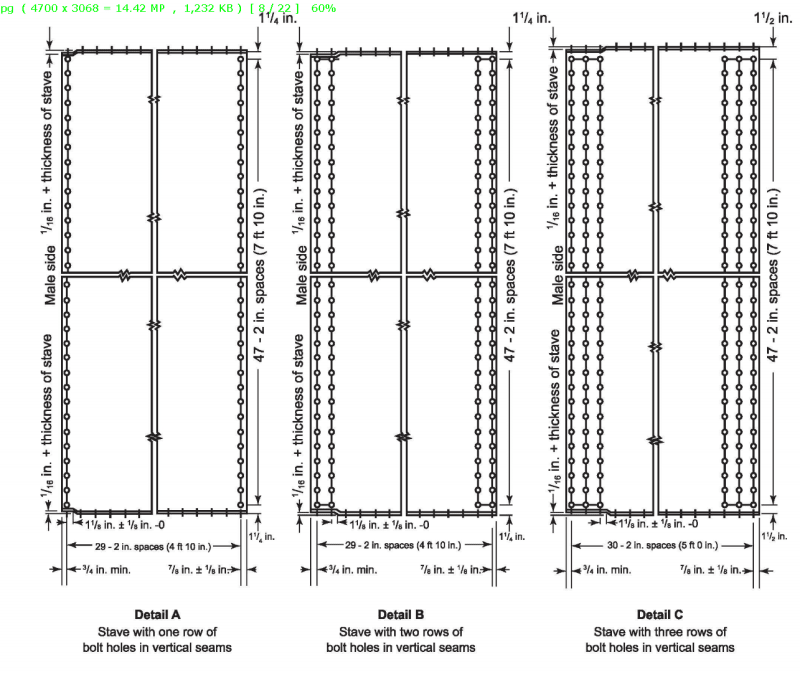I noticed that API 650 offers two methods for determining the shell thickness, as well as a method to determine the wind stiffeners. On the other hand, API 12B offers pre-determined tank sizes without any talk about wind stiffeners or anchors to the foundation, and the AWWA-d103 only offers stresses to check.
My question is: Is there anything comparable to API650 for bolted tanks of low pressure? If not, do you have any resource that might guide me?
Regards
My question is: Is there anything comparable to API650 for bolted tanks of low pressure? If not, do you have any resource that might guide me?
Regards

